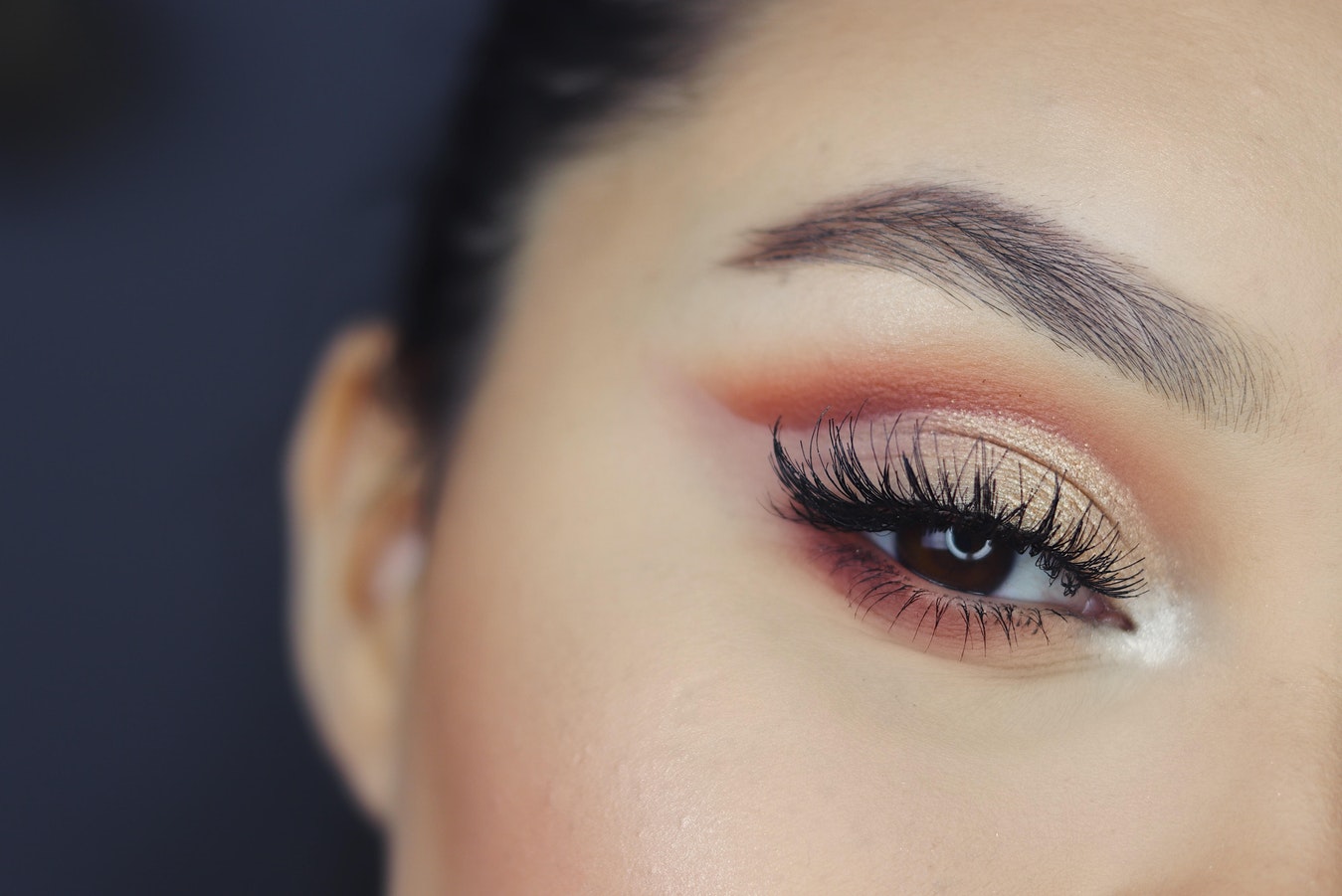
Body + Mind is reader-supported. We may earn an affiliate commission when you buy through some of the links on our site.
Wax. Strip. Rip. Tweeze. Repeat. It might seem as though you have only one option for swiftly reshaping your brows, but threading can be a better alternative for your arches. Of course, if you haven’t had the treatment before, you’re likely wondering, “how does eyebrow threading work?”
The process is just as precise and, for many, less painful than a more traditional grooming method. Read on to see if it might be the right option for you and your brows.
This question is the main one for those who are considering threading as an alternative to waxing. It turns out that the process is quite simple.
In most appointments, you’ll recline your neck back as your technician stands over you. They’ll instruct you to pull your eye area in a particular way to keep the skin taut. Then, they’ll wrap cotton threads around their fingers, running the strategic crossed fibers over unwanted hairs, plucking the follicles right from the skin. In fact, their movements can remove an entire line of hair at a time or pluck a single strand, depending on what they need to do to shape your arches — it’s an incredibly precise process.
And that’s it. With a few rolls of the thread, your eyebrow area will be pruned. You can likely opt to add other facial threading to your order, such as your chin or upper lip area. However, because the threading method is so precise, it would take too long to cover larger areas like the arms or legs.
Now that we’ve answered the “How does eyebrow threading work?” question, it’s time to cover some of the follow-ups. The maintenance that comes with regular threading differs from person to person, as everyone’s hair grows at different speeds and in different hues — you might want yours done more often than someone with lighter hair, for instance.
In general, those who regularly get threaded tend to return to their technician about once a month. The maintenance appointments are quick too, lasting anywhere from 10 to 20 minutes. Between sessions, many threaders will suggest that you avoid pruning your brows on your own. In other words, you let them grow between appointments, which means you won’t have to handle any at-home maintenance.
Let’s face it — most hair-removal methods don’t feel great. Eyebrow threading isn’t a walk in the park either, but many who have undergone the treatment do say that it’s less painful than waxing.
Still, you might experience some mid-appointment side effects of the pinch that comes with threading. Be sure to remove any eye makeup, as your eyes might water. Another normal side effect is sneezing — if you feel an achoo coming on, tell your threading technician so that your sneeze doesn’t push them off course.
You can take some steps to reduce the sting after your threading appointment if you find that your eyebrow area hurts post-pruning. Start by applying cold water to the area. If that doesn’t work, you can try an icy compress or a layer of your favorite moisturizer. Other experts suggest using aloe vera gel or rose water, so try to find the method that works for you. No matter what, keep in mind that the pain will be fleeting, while your well-shaped brows will be here to stay for much longer.
Most threaders have plenty of training to ensure their services are quick, safe and sanitary. During your appointment, you might notice that your threader holds one end of the thread in their teeth. Don’t worry about this behavior — that end of the thread will never come into contact with your skin.
In addition, your threader will use a cotton strand to perform your hair removal. As a result, you won’t have to worry about any hidden ingredients coming into contact with your face and causing a breakout or redness. That’s why threading is an excellent option if you have acne-prone or sensitive skin.
The only problem you might face post-threading is that your pores will be momentarily exposed, as their follicles have been unexpectedly removed. As such, your threader will probably suggest you avoid using concealer on the area until the redness goes down. Otherwise, your makeup could clog the pores and create a breakout.
Although you might depend on your concealer in your routine, you can work to remove it from your makeup repertoire so that post-threading exclusion of the product won’t be so painful. Or, you might want to switch up your look and try new accessories to play up your face sans makeup.
Now that you know how eyebrow threading works, how simple the service is to maintain and how safe it is for your skin, you might be ready to try it out. Head to your nearest threader, and see if it’s the best beautifying service for you and your beloved brows!
Your email address will only be used to send you our newsletter, and at any time you may unsubscribe. For more information, see our Privacy Policy.